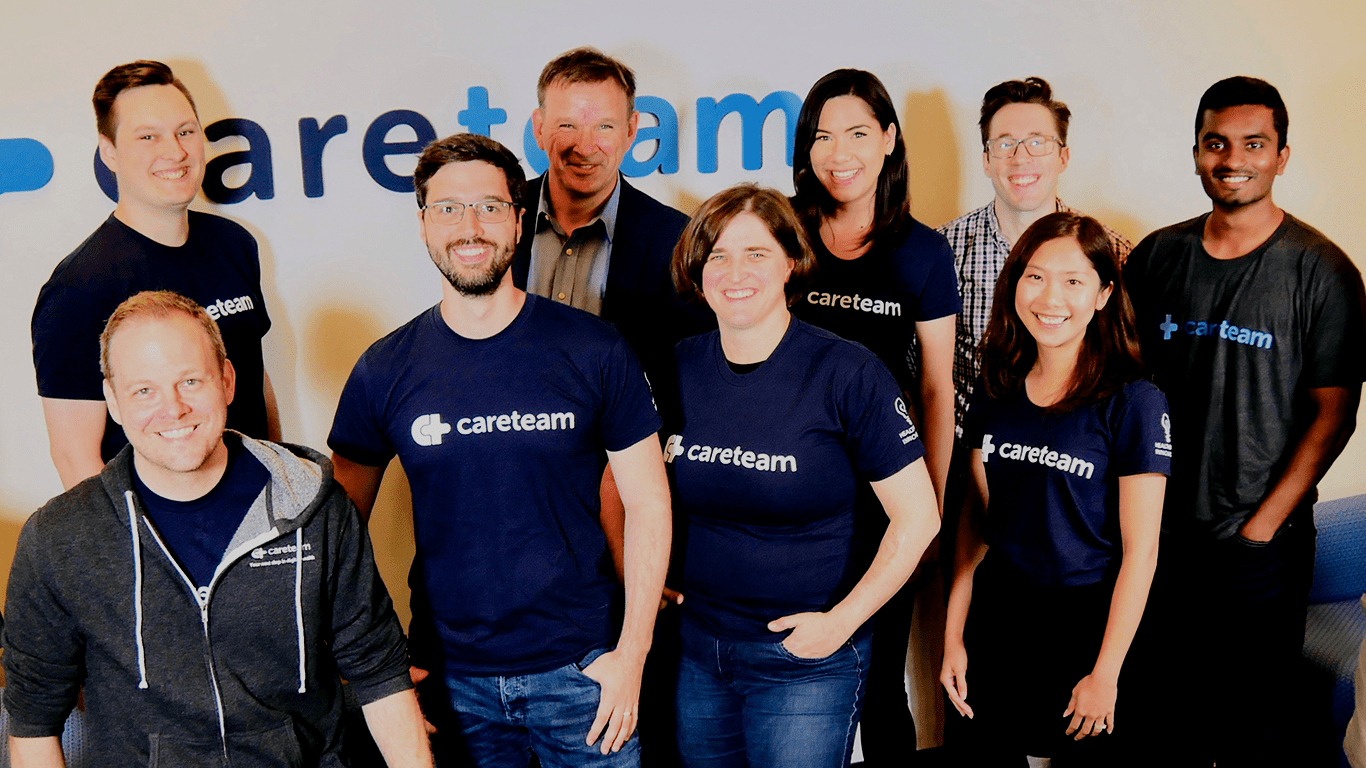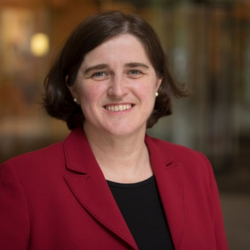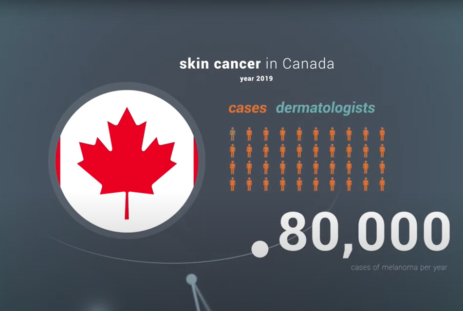
Expediting Melanoma Diagnosis and Treatment
AN IMPACT STORY
Speeding up urgent skin cancer care through e-referral and e-triage.
Careteam Technologies’ involvement in the Digital Technology Supercluster shows how collaboration delivers far more than business benefits.
 Each year in Canada there are 80,000 reported cases of skin cancer (melanoma), with one in six Canadians projected to develop some form of the disease. At the same time, the country is facing a severe shortage of dermatologists, leading to wait times of six months or more.
Each year in Canada there are 80,000 reported cases of skin cancer (melanoma), with one in six Canadians projected to develop some form of the disease. At the same time, the country is facing a severe shortage of dermatologists, leading to wait times of six months or more.
This is a significant problem, as melanoma can rapidly progress in as little as six weeks, and patient survival declines from 98 percent to 15 percent if treatment is delayed.

Then there’s the annual cost of skin cancer to the Canadian healthcare system, which now tops $500 million. Advanced cases of skin cancer can cost over $160,000 per patient to treat, whereas a timely intervention can cost as little as $50.
That’s where the new cloud-based “Dermatology Point-of-Care Intelligent Network” research consortium comes in. By combining the technology, expertise, and experience of four companies – two with thousands of employees, and two with less than 50 – the project is working to expedite urgent cases faster through e-referral and e-triage. The project aims to reduce human suffering and save lives, while saving our healthcare system hundreds of millions of dollars in the process.
As project lead, U.S. multinational Change Healthcare will develop an enterprise-wise Intelligent Imaging Network to manage multiple kinds of images and associated clinical workflows. MetaOptima, a Vancouver company with around 40 employees, is working with TELUS Health to integrate its DermEngine platform for imaging, documenting, and diagnosing skin conditions into TELUS’s electronic medical records.
The project would not be complete, however, without the contributions of Careteam, a 15-employee venture based in Vancouver. Careteam’s Patient-Centred Collaboration (PCC) platform will bring together health-care professionals, patients, and personal support teams around an integrated care plan. This ensures everyone is one the same page and contributing to making sure every step happens as it’s supposed to in order to deliver the best outcomes.
While Supercluster funding is helping Careteam hire new staff and expand its research and development activities, the initiative’s collaborative benefits are much more valuable, says Dr. Alexandra T. Greenhill, Careteam’s CEO & Chief Medical Officer.
“The Supercluster is an opportunity for us to get involved in projects that are much more ambitious and comprehensive than what we can do on our own at our stage. It’s a way for a small company like Careteam to be connected to global players, develop solutions that are meaningful, and leverage the full value of the innovation we have created.”
At the same time, the Supercluster is turning a spotlight on Careteam. “We’ve been able to raise more money, attract more employees, and get in the door of some significant organizations across Canada and the U.S. because they first heard of us through the Supercluster,” Greenhill says. “We have global ambitions, and the Supercluster positions us as a strong Canadian partner. It boosts the credibility of smaller companies, and allows us to move into the global market a lot faster than we would otherwise.”
Achieving those global ambitions, she adds, means learning every step of the way, something that is built into the Supercluster’s structure.
View the Project“It’s an organization that learns from each cycle and becomes better, so I think in 10 years it’s going to be something you wouldn’t recognize, something as impactful as the MaRS Discovery District has been on ecosystems in Toronto, in Ontario, and across Canada. It gives us an opportunity to take concentrated action, convene all of the Canadian organizations that can and should work together in order to have a massive impact on the global stage.”


